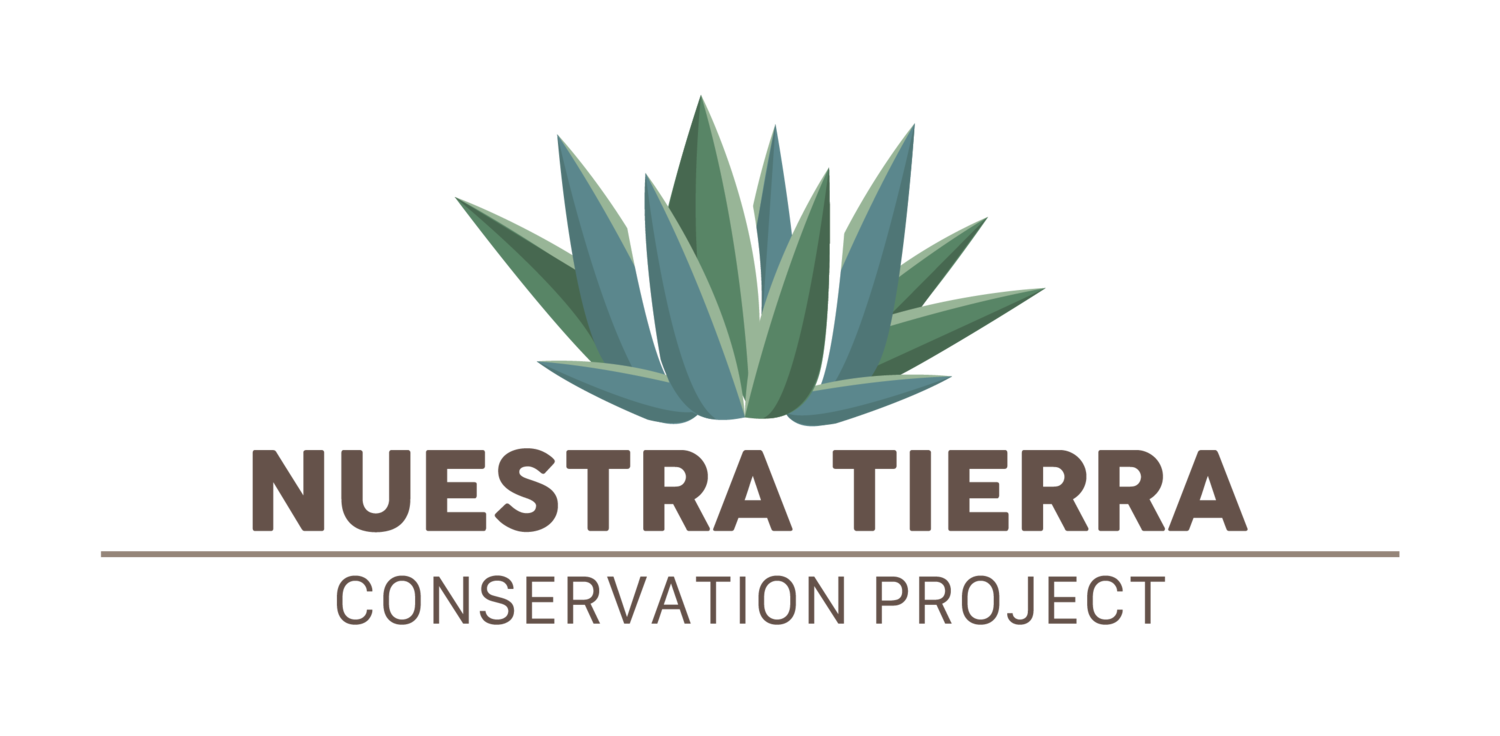One year on, Castner Range National Monument a model for community-centered conservation movements
By Àngel Peña
Nuestra Tierra Conservation Project
A little more than a year after being permanently protected as part of Castner Range National Monument, our beloved Mexican Gold Poppies are popping up once again on the eastern slope of the Franklin Mountains. This year more than ever, their delicate deep green leaves and diminutive yellow-orange blossoms represent something far bigger which is taking root – not just in Northeast El Paso – but across the country.
Rather than simply focusing on protecting the biggest, the tallest, and the greenest spaces, frontline communities are tirelessly working to ensure conservation efforts focus on places with the most profound community connections.
El Pasoans have long known that for Castner Range National Monument community connections span cultures and generations – from a Tigua homeland to a U.S. Army training facility to a quintessential backdrop for family photos celebrating the arrival of Spring.
Our community’s decades-long pursuit of national monument status centered on elevating a diverse chorus of voices to federal partners, including President Joe Biden and Congresswoman Veronica Escobar, who were eagerly listening. Hundreds of thousands of signatures, dozens of community events, and dauntless champions were the formula for success.
This new focus on community connection, which the Biden administration has embraced, signals an important shift in the national conversation about conservation. Spurred on by the simultaneous declarations of Castner Range National Monument in El Paso and Avi Kwa Ame National Monument in Nevada on March 21, 2023, communities across the country are reimagining what conservation can and should look like.
While this emerging approach, central to the Biden Administration’s America the Beautiful for All initiative, focuses on people, it’s buttressed by the following important numbers-driven approaches from the administration: one which seeks to ensure that 40 percent of the benefits from certain federal initiatives are realized by marginalized communities and another which seeks to conserve 30 percent of U.S. lands and water by 2030.
Over the past week, you may have seen billboards, advertisements, and other messages thanking our federal partners, President Biden and Congresswoman Escobar, for their unwavering commitment to hearing communities like ours. But also keep your eyes out for the poppies that are back on Castner Range. As beautiful as they are, know that the designation of Castner Range National Monument wasn’t powered by poppies; it was powered by El Pasoans, Las Crucens, Juarenses, and others who demanded a seat at the table and helped rewrite the playbook for communities seeking to conserve the spaces they care about most.
Àngel Peña is a native El Pasoan and the Executive Director of Nuestra Tierra Conservation Project, a Las Cruces-based organization working across the country to to ensure that historically and deliberately excluded communities have access to the outdoors and that their history, values, and people are authentically reflected in public land and water management decisions.


